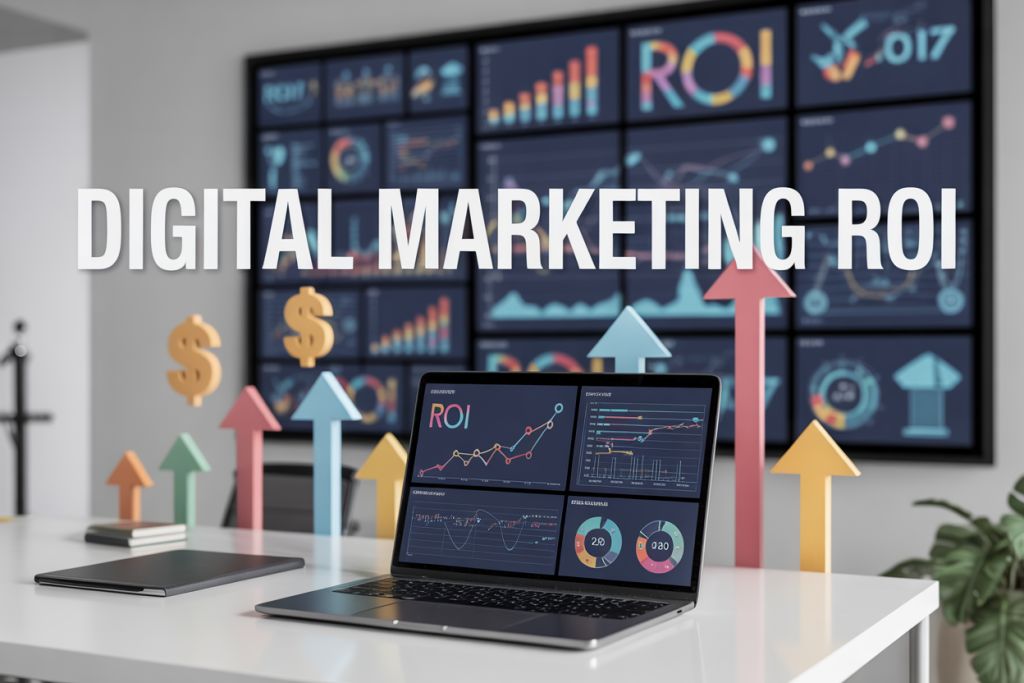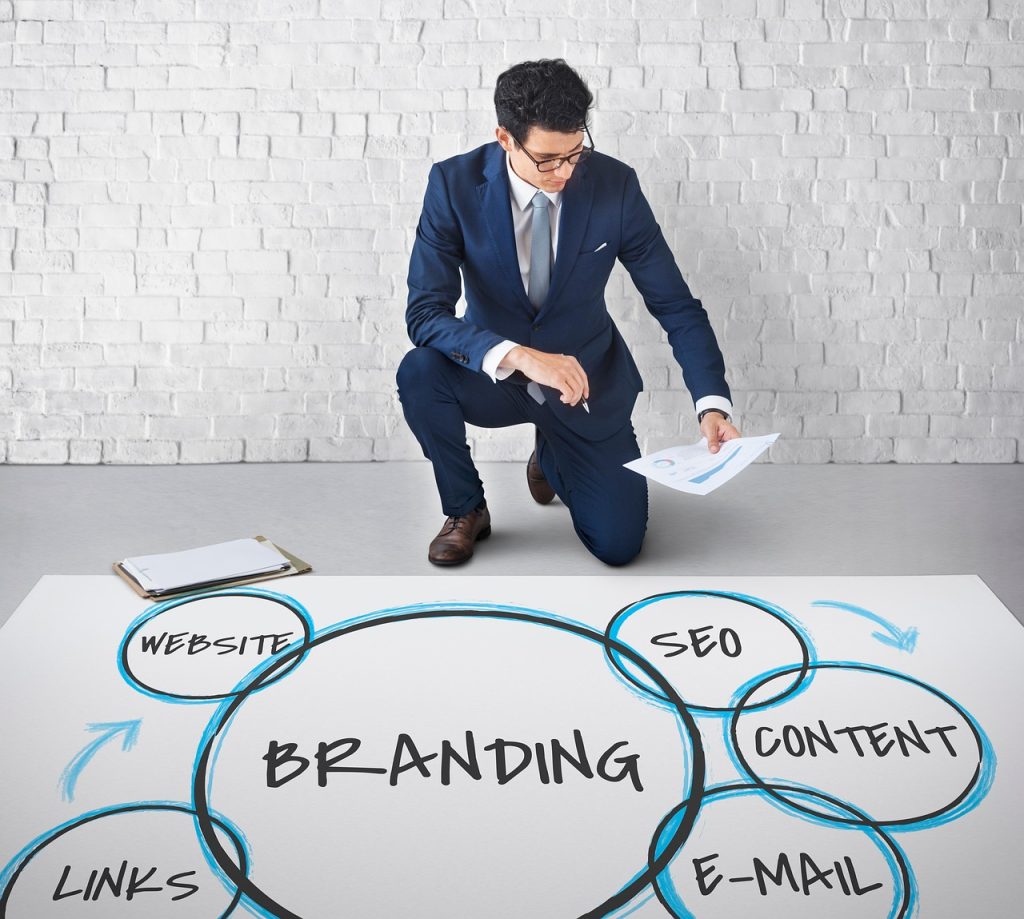

Inbound Digital Marketing: A Complete Guide to Attract, Engage, and Delight Customers
In today’s highly competitive digital world, businesses are constantly looking for smarter ways to reach their audience. Unlike traditional advertising methods that push messages to consumers, inbound digital marketing focuses on attracting customers naturally by offering value through content, SEO, social media, and personalized experiences.
Inbound marketing has become the backbone of successful online strategies. Instead of interrupting users with ads, it creates meaningful relationships by solving problems, answering questions, and building trust. As consumers grow more selective about what they engage with, inbound digital marketing provides a customer-centric approach that delivers long-term results.
In this guide, we’ll explore the importance of inbound digital marketing, its key strategies, benefits, and how you can implement it effectively for your business in 2025.
What is Inbound Digital Marketing?
Inbound digital marketing is a methodology that attracts customers through relevant and helpful content rather than traditional outbound advertising. The idea is to draw people in with blogs, social media posts, SEO, videos, and other online strategies, then convert them into leads and customers.
The inbound approach follows three main stages:
Attract – Bring potential customers with valuable content.
Engage – Build meaningful relationships by offering solutions.
Delight – Provide great experiences so customers become loyal promoters.
Why Inbound Digital Marketing is Important
The modern buyer is empowered. With easy access to information, consumers research products, compare reviews, and explore alternatives before making a decision. Pushy ads and cold calls no longer work as effectively.
Here’s why inbound digital marketing is vital for businesses today:
Cost-effective: It generates more leads at a lower cost than outbound marketing.
Trust-building: Quality content builds authority and credibility.
Customer-focused: Aligns with user needs and preferences.
Sustainable results: Organic strategies drive long-term success.
Better ROI: Engaged customers are more likely to convert.
Inbound Digital Marketing vs. Outbound Marketing
To understand the true power of inbound strategies, let’s compare them with outbound marketing.
| Inbound Digital Marketing | Outbound Marketing |
|---|---|
| Attracts customers naturally | Pushes messages to audience |
| Uses SEO, content, social media | Uses TV, print, cold calls |
| Customer-centric | Brand-centric |
| Builds trust and long-term value | Focuses on immediate sales |
| More cost-effective | More expensive |
Clearly, inbound digital marketing aligns better with modern consumer behavior.
Key Strategies of Inbound Digital Marketing
Let’s dive into the most effective inbound digital marketing strategies that help businesses succeed in 2025.
1. Content Marketing
Content marketing is at the core of inbound digital marketing. By creating blogs, guides, videos, and infographics, businesses can provide solutions to their audience’s problems.
Best Practices for Content Marketing:
Focus on solving customer pain points.
Use engaging formats like blogs, videos, and podcasts.
Maintain consistency in publishing.
Optimize content with SEO for visibility.
2. Search Engine Optimization (SEO)
SEO ensures that your content reaches the right audience. An effective inbound digital marketing strategy cannot exist without SEO.
Key Elements of SEO:
Keyword research
On-page optimization (titles, meta tags, headings)
High-quality backlinks
Technical SEO for site performance
3. Social Media Marketing
Social media is a powerful tool for inbound strategies. Instead of direct selling, brands share valuable content, engage with audiences, and build communities.
Inbound Social Media Tactics:
Posting educational and entertaining content
Using polls, Q&A, and interactive posts
Leveraging influencer partnerships
Engaging with followers authentically
4. Email Marketing
While often considered an outbound channel, when done right, email marketing is a powerful part of inbound strategies. It focuses on nurturing leads with personalized and valuable information.
Best Practices:
Segment audiences for targeted campaigns
Send personalized recommendations
Provide exclusive content and offers
5. Video Marketing
Video is now a preferred content format. Businesses use videos to explain products, share customer stories, and educate audiences.
Effective Inbound Video Ideas:
Explainer videos
Tutorials & how-to guides
Customer testimonials
Live sessions on social media
6. Lead Generation & Conversion Optimization
Attracting traffic is not enough; inbound marketing converts visitors into leads and customers. Landing pages, forms, and calls-to-action (CTAs) play a major role.
Tips for Better Conversion:
Create clear CTAs on blogs and social posts.
Offer free resources like eBooks or webinars.
Use chatbots to engage visitors in real time.
Benefits of Inbound Digital Marketing
Implementing inbound digital marketing offers multiple advantages for businesses, such as:
Improved visibility: SEO and content boost search rankings.
Higher quality leads: Attracts customers genuinely interested in your products.
Customer trust: Builds authority in your niche.
Long-term ROI: Unlike paid ads, organic inbound efforts compound over time.
Scalability: Strategies can adapt as your business grows.
Tools for Inbound Digital Marketing
To successfully execute inbound digital marketing strategies, businesses use powerful tools such as:
HubSpot – For inbound automation & CRM.
Google Analytics – To track performance.
SEMRush / Ahrefs – For SEO and keyword research.
Canva – For content design.
Mailchimp – For email marketing automation.
Examples of Successful Inbound Digital Marketing
HubSpot – The company behind the inbound movement, offering free blogs, eBooks, and tools to attract customers.
Airbnb – Uses engaging content, SEO, and social campaigns to inspire travelers.
Spotify – Creates personalized playlists and content to delight users.
These examples highlight how inbound strategies build customer loyalty and brand authority.
Future of Inbound Digital Marketing
The future of inbound digital marketing lies in personalization and technology. AI, machine learning, and automation are making inbound strategies smarter and more effective.
Emerging Trends:
AI-driven chatbots for customer interaction
Voice search optimization
Interactive content (quizzes, polls, AR/VR experiences)
Hyper-personalized marketing campaigns
How to Start with Inbound Digital Marketing
If you’re new to inbound strategies, follow this step-by-step roadmap:
Define your audience: Create buyer personas.
Set goals: Decide whether you want leads, sales, or brand awareness.
Create valuable content: Blogs, videos, infographics.
Optimize with SEO: Ensure discoverability.
Promote on social media: Share content consistently.
Engage leads with email: Nurture relationships.
Measure results: Track ROI with analytics tools.

